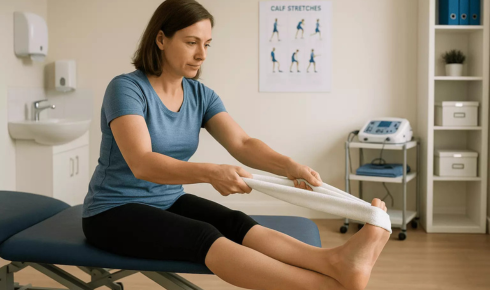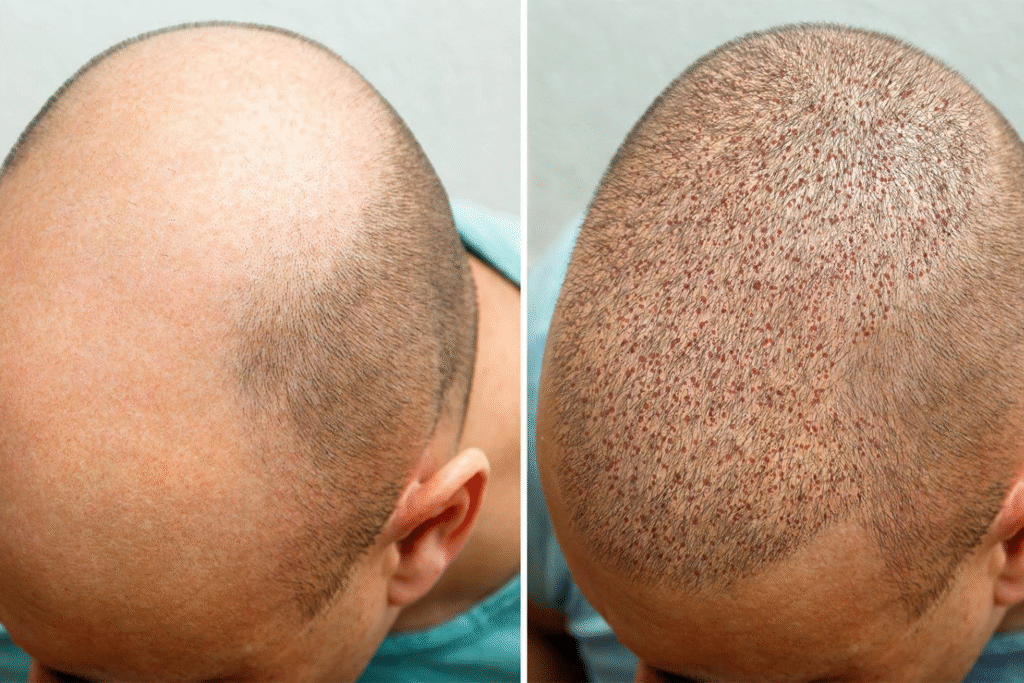Foot pain can start as a subtle irritation and evolve into a daily limitation that affects every step. For patients dealing with plantar fasciitis, understanding how a specialist studies foot mechanics provides insight into why treatment must be highly individualized. Each foot tells a story through its structure, pressure points, and motion patterns, all of which help a plantar fasciitis doctor create a plan that restores function and lasting comfort.
Structural Scans Reveal Hidden Pressure Imbalances
Modern diagnostic tools allow a plantar fasciitis doctor to view how the foot supports weight from heel to toe. These scans map areas of excessive stress and pressure shifts that often go unnoticed during normal standing or walking. By pinpointing where force concentrates, the specialist identifies how uneven load distribution contributes to chronic heel inflammation.
Some patients show stress concentrated along one edge of the heel or the ball of the foot, signaling imbalance caused by improper gait mechanics. This data gives the plantar fasciitis specialist a measurable foundation for treatment, allowing them to tailor orthotic support and footwear adjustments that redistribute pressure evenly across the sole.
Foot Contour Tracing Defines Arch Height and Curvature
Tracing the natural contour of the foot gives a clear picture of its support structure. A plantar fasciitis doctor studies how the arch forms under body weight, which helps determine whether it collapses, stays rigid, or flexes abnormally during motion. These variations affect how much strain the plantar fascia endures through repetitive steps.
Foot contour mapping also reveals subtle misalignments between the forefoot and heel. Even a few millimeters of difference can increase stress on the fascia band. With this insight, a plantar fasciitis specialist can recommend targeted solutions—such as custom insoles or stretching routines—that restore balance and reduce unnecessary tension.
Step Pattern Tracking Exposes Uneven Weight Transfer
By analyzing how each step unfolds, specialists observe how weight moves from heel strike to toe lift. A plantar fasciitis doctor often uses pressure-sensitive mats or motion sensors to record this process in real time. The data exposes whether one foot compensates for the other or if a limp has developed subconsciously to avoid pain.
These step patterns explain why symptoms persist even after rest or therapy. Identifying poor weight transfer allows the plantar fasciitis specialist to correct walking posture through physical therapy and strengthening exercises. Small adjustments in gait often yield dramatic relief over time.
Heel Strike Review Identifies Repetitive Impact Zones
The heel absorbs the first and strongest impact of every stride. Reviewing how it strikes the ground provides key insight into repetitive stress injuries. A plantar fasciitis doctor evaluates whether the heel lands evenly or rolls excessively inward or outward—a condition known as overpronation or supination.
Each pattern produces distinct injury risks. Concentrated impact on one side of the heel can inflame the fascia attachment point. Through gait analysis and impact testing, the plantar fasciitis specialist can modify shoe support or prescribe orthotic cushioning that mitigates repeated strain and allows healing.
Soft Tissue Evaluation Distinguishes Fascia Tightness
The fascia behaves differently from muscle—it stretches less and reacts slowly to inflammation. By palpating the arch and heel area, a plantar fasciitis doctor assesses tissue flexibility and detects areas of micro-tearing. This hands-on examination provides information that imaging alone cannot reveal.
Different levels of tightness require different interventions. Some cases respond best to deep-tissue therapy or ultrasound treatment, while others benefit from stretching routines designed to lengthen the fascia safely. A plantar fasciitis specialist builds these methods into a personalized plan that aligns with each patient’s pain threshold and recovery goals.
Joint Mobility Checks Outline Range and Restriction
Limited joint motion can amplify plantar fascia stress. A plantar fasciitis doctor evaluates how freely the ankle, midfoot, and toes move under gentle pressure. Restricted joints often signal muscular imbalance or scar tissue formation from previous injuries.
Identifying these restrictions helps prevent re-injury. The plantar fasciitis specialist may incorporate mobility drills, joint manipulation, or supportive taping to restore fluid motion. Improving flexibility reduces heel tension, allowing patients to walk with less discomfort and greater control.
Comparative Stance Testing Highlights Asymmetry
Standing posture can reveal imbalances that walking motion conceals. During stance testing, a plantar fasciitis doctor examines weight distribution between both feet, measuring angles at the knees, hips, and shoulders. These subtle variations influence how pressure loads the fascia differently on each side.
Over time, asymmetrical posture can make one heel absorb far more impact than the other. Recognizing this imbalance allows the plantar fasciitis specialist to correct it through orthotic alignment or core stabilization exercises. These small corrections help reestablish natural symmetry, which is key to preventing recurring inflammation.
Balance Assessment Measures Load Stability and Control
A stable stance ensures even load control across the feet. Balance assessments challenge patients to maintain posture under controlled conditions, allowing a plantar fasciitis doctor to observe coordination and muscular engagement. Poor balance often links to weak stabilizing muscles that fail to support the arch during movement.
Improving these control mechanisms reduces future flare-ups. A plantar fasciitis specialist uses balance results to prescribe stability exercises or supportive footwear that strengthens lower limb coordination. As stability improves, the strain on the plantar fascia decreases, making long-term recovery more sustainable.










